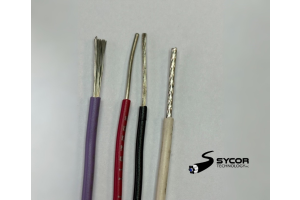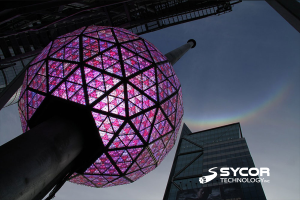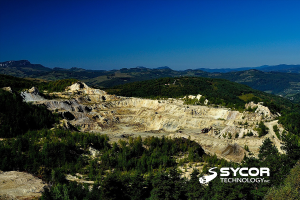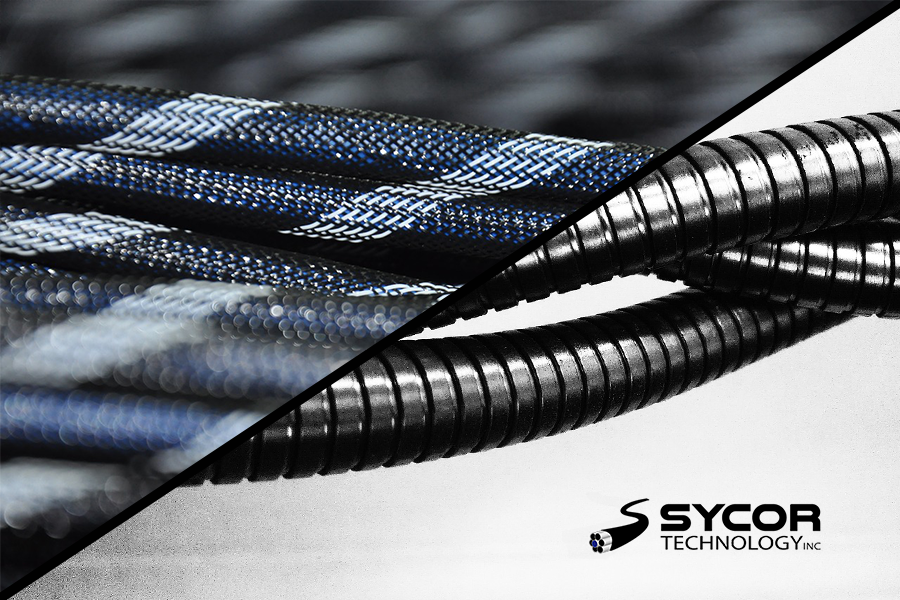
Tubing and Sleeving are similar yet very different products. To distinguish what products excel most effectively in specific environments, we'll break down three various applications. In these applications, our team will choose the most effective cable management products from each category, and decide which products would provide the most cost-effective and optimal outcome.
General Overview of Each Category
Electrical Tubing
Non-shink tubing is used in diverse industries all over the world. Some of these non-shink tubing constructions include PVC, zipper, convoluted, corrugated, spiral, and spaghetti (small diameter) tubing. Almost all of these constructions are available in an array of different materials, meaning that we can help you find the perfect product for your application. Not only are our non-shrink tubings easily installed, but they also offer tremendous dielectric strength.
Electrical Sleeving
The sleeve is formed when the fibers are braided, twisted, and arranged into a variety of constructions. Different constructions vary by material type and braid fabrication, which range from Polyester, Polypropylene, Flame Retardent, Flame resistant, and Nylon. Sleeving is ideal for applications that require good dielectric strength and reliable flexibility. Being one of the most diverse cable management products, they're typically used in motors, appliances, transformers, and generators. Sleeving also thrives in a wide range of industries, specifically aerospace, military, broadcasting, automotive, solar, and the appliance market.
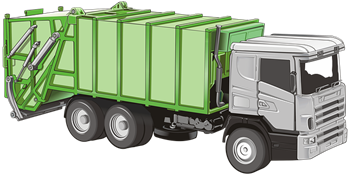
Now that we've given a general breakdown of each category let's examine some applications!
Application #1: This job requires 7, 22 AWG wire to be run inside of a garbage truck. Inside the vehicle, the wiring may be subject to certain chemicals like oil, moderate bending, 300 volts, and periods of extreme heat. What product would provide the best solution?
Electrical Tubing Solution
Tubing is typically very resistant to most liquids and has multiple wall thicknesses that are perfect for light or heavy wall applications. Anything from Polyethylene to PTFE Teflon would be more than an adequate solution for this application.
Electrical Sleeving Solution
In an application where the outer jacket is subject to liquids, from water to acid, the sleeve is often a worse choice. With an open sleeve, the outside will be of little to no help, especially with fluids. The most effective sleeve for this application would be Silicone sleeving, as it's able to withstand up to Class H or 200C.
1st Winner
Tubing is simply better because of its ability to stop liquids like moisture and oil, which makes it the more practical choice.
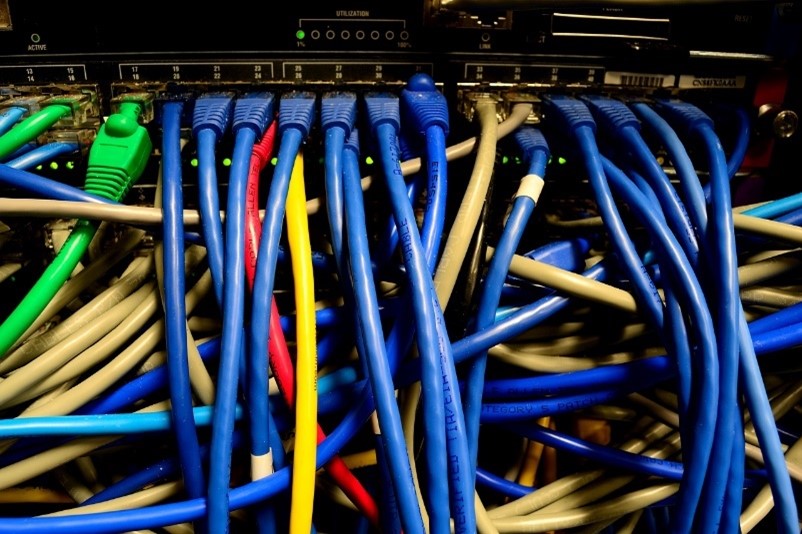
Applications #2: You wiring multiple offices up with desktops lamps, personal printers, ETC. Each of these devices has various wires and cables going in every direction, creating not only an unorganized office space but also some potential hazards. Which category would provide the best solution?
Electrical Tubing Solution
Not having any major temperature or voltage requirements, cost-effectiveness will more than likely be the determining factor. The best tubing solution would be PVC non-shrink tubing because of its general-purpose capabilities and its low manufacturing costs.
Electrical Sleeving Solution
With multiple wires of various sizes all going in different directions, the best alternative would be expando or PVC sleeving. I gave two answers because of the PVC sleeve's low cost and expando sleeving's ability to fit different-sized wires within a single sleeve consistently.
2nd Winner
For managing cables within an office space, the sleeving option would not only be the cost-effective option but also be significantly easier to manage and set up. Out of the two options I listed above, Expando would be the most effective because of its ability to fit different amounts and types of cables per bundle. Instead of trying to find the right size, you could simply buy a single size and apply the amount of heat your size requires.

Applications #3: The final application is wiring a building. You are responsible for wiring a building, but there are some small issues. You have about ten wires that need to go through a high-temperature room, that can reach 175C, but also have to fit in tight locations, what category are you using?
Electrical Tubing Solution
Non-shrink tubing would do very well in this application because of a specialty product known as "PTFE Spaghetti Tubing." This type of PTFE tubing comes in 3 different sizes (light, thin, and standard) and is typically relied on for its ability to be used in high-temperature environments and hard-to-reach locations. PTFE Spaghetti tubing is also mil-spec, UL and CSA approved, which means it can be used it basically every application within its temperature range:
- Light Wall PTFE Spaghetti Tubing
- Thin Wall PTFE Spaghetti Tubing
- Standard Wall PTFE Spaghetti Tubing
Electrical Sleeving Solution
In the context of this application, sleeving would require a Silicone sleeve again, because of the heat requirements but should be able to survive moderately longer than the first example because of the lack of liquids.
In general, both sleeving and non-shrink tubing are very versatile products that are reliable solutions to many harsh and demanding jobs. This blog displayed that non-shrink electrical tubing was deemed a more reliable fit for the application examples, but in general, sleeving can often be a cost-effective alternative for a number of general-purpose applications.
For more information about us:
Call Toll Free - 1.800.268.9444 or Email Us - [email protected]


